- Best
- So far so good
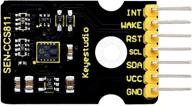
7
·
Average

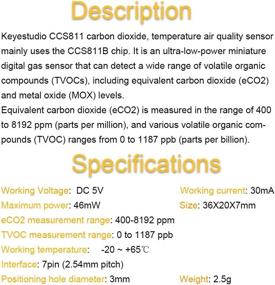

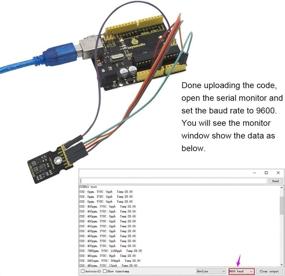
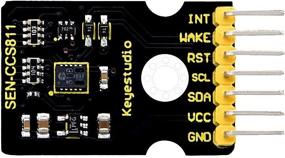

Gifts For Dad Husband Boyfriend Gifts For Him Unique Birthday Gifts For Men RoverTac 14 In 1 Multitool Pocket Knife Pliers Screwdrivers Saw Bottle Opener Perfect For Camping Survival Hiking Repairs

32 Review
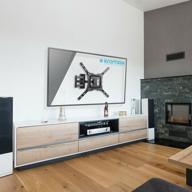
TV bracket Kromax DIX-18 black

52 Review

Thermometer B.Well WF-4000 white

57 Review

168-Piece General Household Tool Set Kit With Plastic Storage Case In Bright Orange By CARTMAN

40 Review
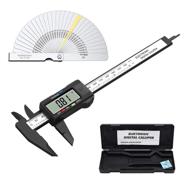
📏 CAMWAY 6 Inch Digital Caliper with LCD Display, Electronic Vernier Caliper, 150mm Stainless Steel Feeler Gauge, Plastic Digital Caliper Set for Zero Setting Inside/Outside Diameter, Depth, and Step Measurement Tool

3 Review

Kapro - 353 Professional Ledge-It Try & Mitre Square - For Leveling And Measuring - Features Stainless Steel Blade, Retractable Ledge, And Etched Ruler Markings - 12 Inch

23 Review
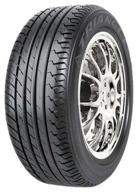
Triangle Group TR918 225/45 R18 95V summer

61 Review

🔲 Johnson RAS-1B Johnny Square: Professional Aluminum Rafter Square, 7'', Silver - Top Quality with 1 Square

8 Review